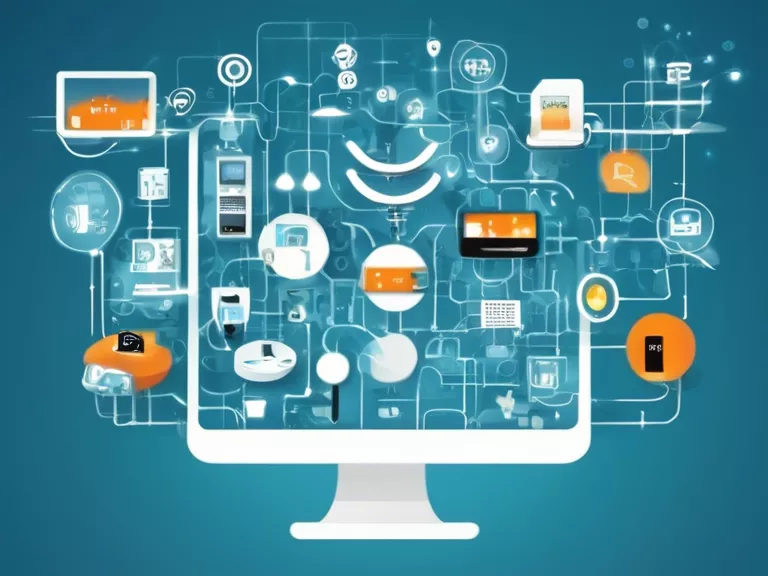
Introduction
In today's digital age, the Internet of Things (IoT) is revolutionizing the way we interact with technology and the world around us. IoT refers to the network of interconnected devices that can communicate and share data without human intervention. From smart homes to industrial automation, IoT is transforming various industries and sectors. This article explores the magic of IoT and its impact on our connected future.
What is Internet of Things (IoT)?
IoT is a network of physical devices, vehicles, home appliances, and other items embedded with sensors, software, and connectivity that enables them to connect and exchange data. These devices can collect and transmit data over the internet, allowing for remote monitoring, control, and automation.
How IoT is Transforming Industries
Smart Homes
IoT has revolutionized the concept of smart homes by enabling homeowners to control various devices and appliances remotely. From smart thermostats to security cameras, IoT devices enhance convenience, efficiency, and security in residential settings.
Healthcare
In the healthcare industry, IoT devices such as wearables and remote monitoring systems are improving patient care and streamlining medical processes. These devices can track vital signs, medication adherence, and disease progression, enabling healthcare providers to deliver personalized and proactive care.
Industrial IoT (IIoT)
Industrial IoT, also known as Industry 4.0, is transforming manufacturing processes by integrating sensors, data analytics, and automation technologies. IIoT enables predictive maintenance, asset tracking, and real-time monitoring of production lines, leading to increased efficiency and reduced downtime.
Benefits of IoT
Enhanced Efficiency
IoT devices automate processes, optimize resource utilization, and improve operational efficiency across various industries. From energy management to supply chain logistics, IoT solutions streamline workflows and drive productivity.
Data-driven Insights
IoT generates vast amounts of data that can be analyzed to extract valuable insights and drive informed decision-making. By leveraging data analytics and machine learning algorithms, organizations can uncover patterns, trends, and opportunities for optimization.
Improved Safety and Security
IoT technologies enhance safety and security by monitoring environments, detecting anomalies, and alerting users to potential risks. From smart surveillance systems to connected safety equipment, IoT solutions help prevent accidents and mitigate threats.
Challenges and Considerations
While IoT offers numerous benefits, it also poses challenges related to data privacy, cybersecurity, interoperability, and scalability. Organizations must prioritize security measures, data protection policies, and standardization efforts to address these challenges and ensure the reliability and integrity of IoT ecosystems.
Conclusion
The Internet of Things is reshaping the way we interact with technology, devices, and environments. From smart homes to industrial automation, IoT offers endless possibilities for innovation and connectivity. By embracing IoT solutions and addressing associated challenges, organizations can unlock the full potential of this transformative technology and create a more connected and intelligent future.

